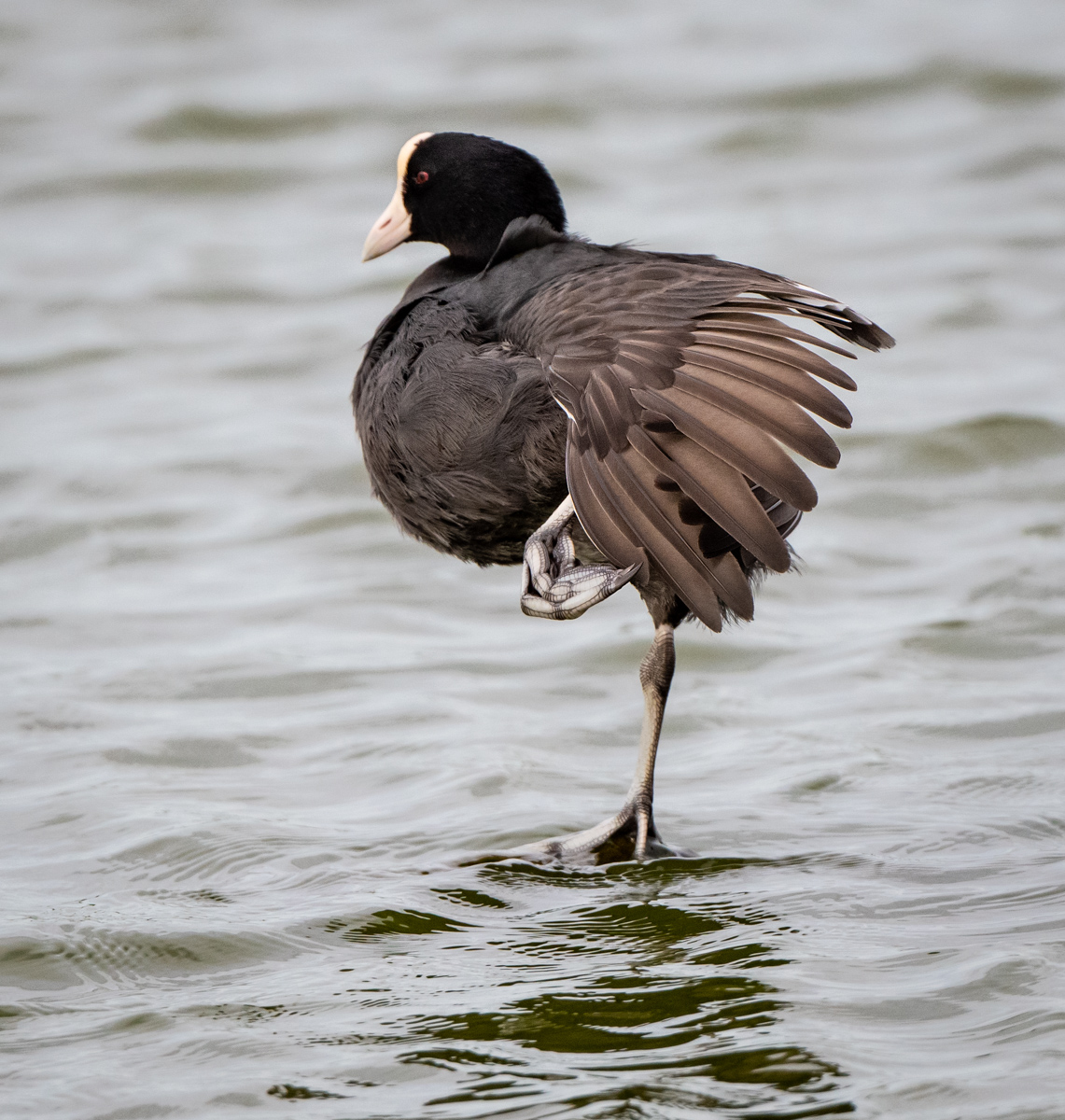
To survive in such diverse habitats, bird species showcase an incredible range of adaptations, behaviors, and abilities that have captured the imagination of humans for centuries. The most acknowledged visually remarkable aspects of bird anatomy tend to be those we see immediately, such as plumage colors and patterns, or wing shape and length, but one of the most fascinating features is often so rarely seen that once upon a time there were people who believed some species didn’t even have any. In today’s blog, we take a look down below at bird feet.
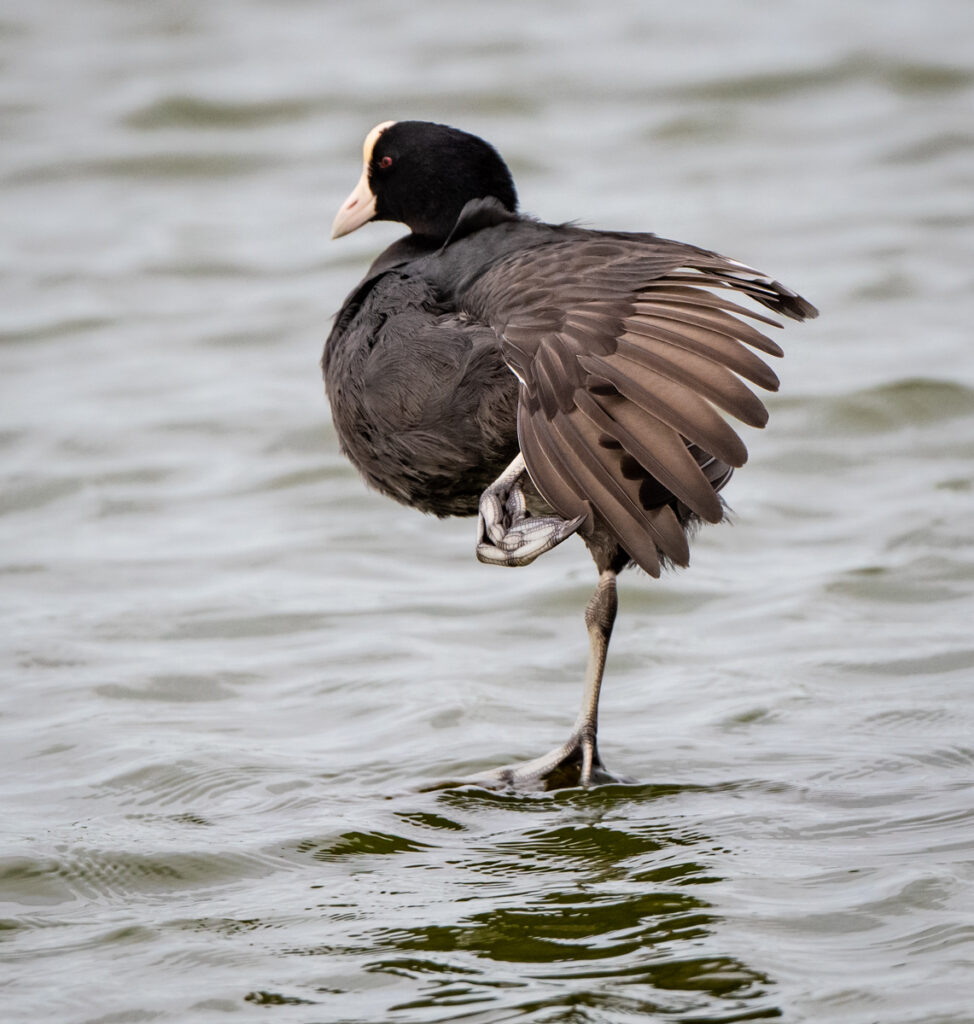
Among the many remarkable features that set animals apart from each other are their feet. We know from studying our own anatomy that human feet bear an incredible amount of pressure as they transport our towering bodies around every day. But for birds who can use their wings for mobilization, their feet have taken on a completely different role, and therefore shape. Bird feet come in a variety of forms, each tailored to suit the specific needs and environments of different species. One of the largest taxonomic orders of birds, Passeriformes, also known as passerines, perching birds, and most commonly referred to as the songbirds, have adapted to firmly grip and perch on branches by wrapping their three front toes around and securing stability with a fourth toe at the back of the foot. This arrangement is known as anisodactyl, but let’s look at some other intriguing examples of bird feet adaptations and the habitats that have shaped them.
LOBED FEET: COOTS & PHALAROPES
Coots and phalaropes are water-loving birds that have evolved lobed feet. Lobed feet are characterized by broad, flattened lobes on their toes, connected by webbing. These specialized feet enable these birds to navigate marshes, ponds, and lakes with ease. The lobes increase surface area, providing greater buoyancy, stability, and efficient propulsion through water. This adaptation allows coots and phalaropes to forage for food, such as aquatic plants, small invertebrates, and even fish, in their aquatic habitats.
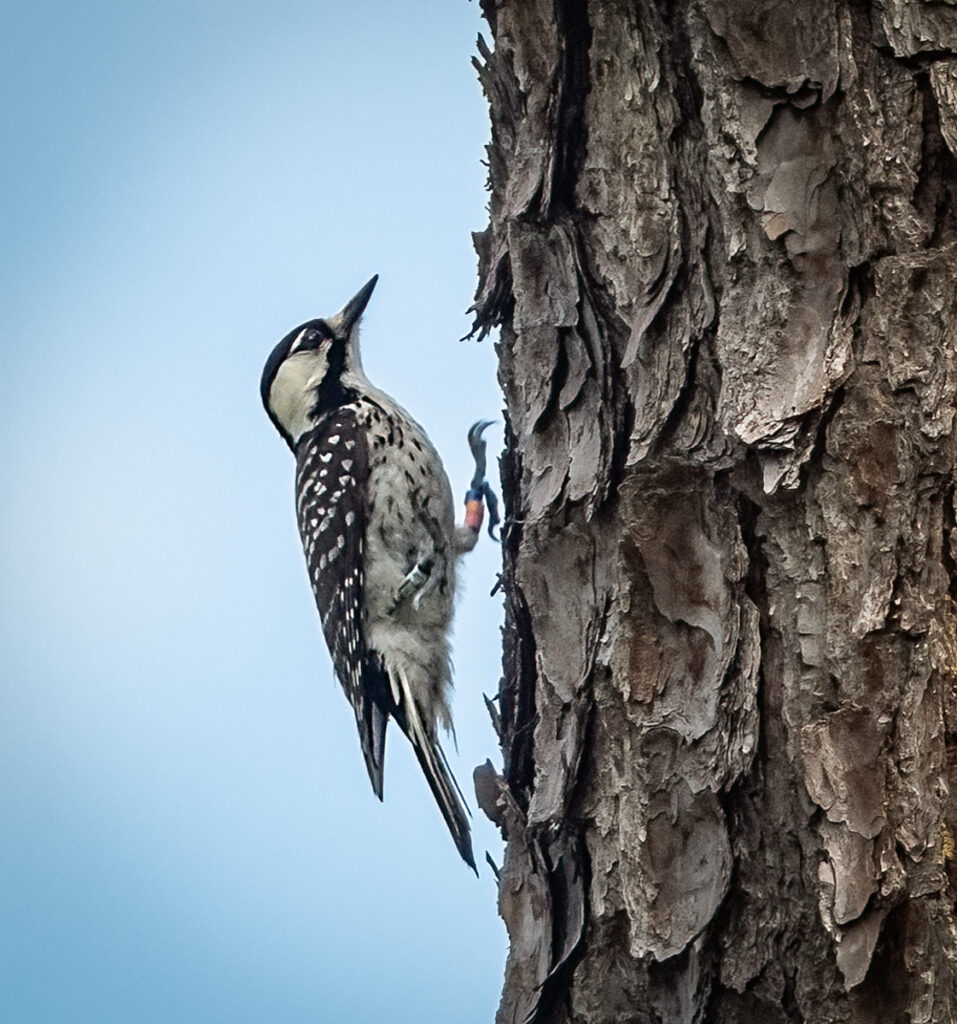
ZYGODACTYLY: WOODPECKERS & OWLS
The foot structure of woodpeckers and owls has two toes facing forward and two toes facing backward, allowing for a strong and versatile grip on both vertical and horizontal surfaces. Woodpeckers, with their strong beaks and zygodactyl feet, can cling to tree trunks while excavating cavities for nesting or foraging for insects beneath the bark. Owls, on the other hand, use their feet to perch securely on branches, allowing them to scan their surroundings for prey before swooping in for a silent strike.
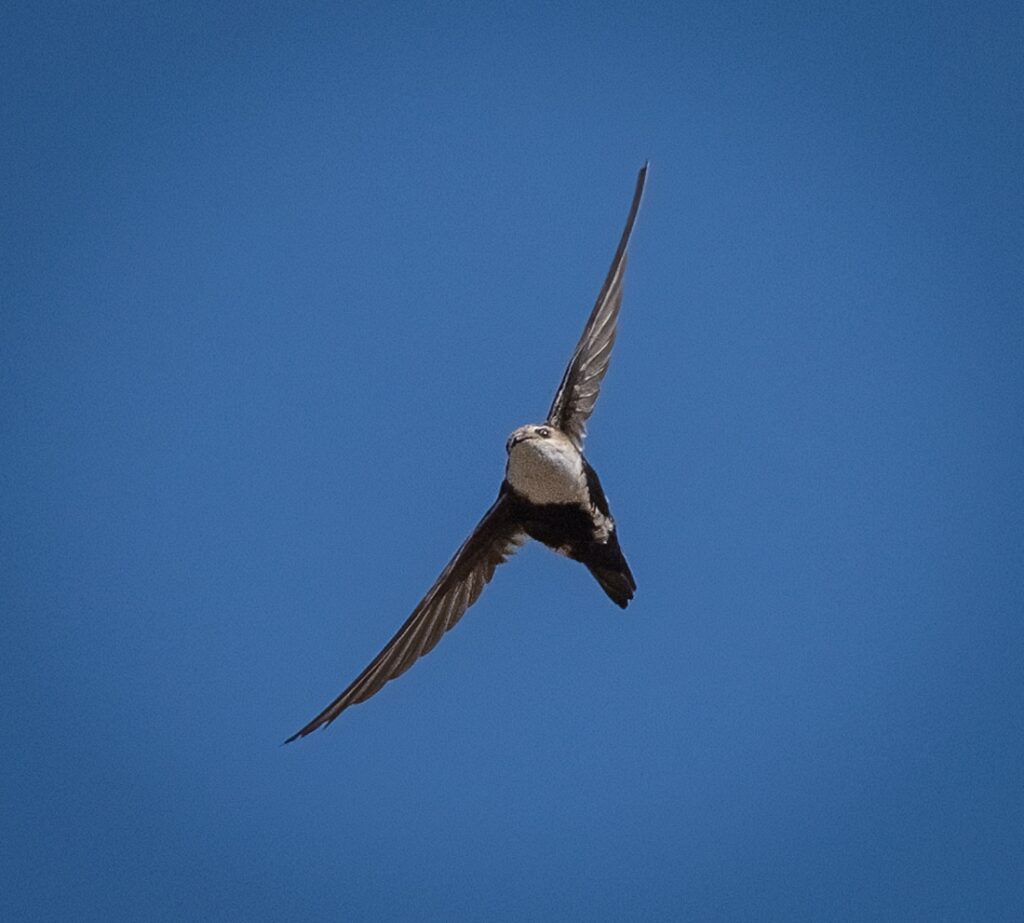
PAMPRODACTYLY: SWIFTS
Swifts possess a remarkable foot adaptation where all four toes point forward, which provides them with exceptional aerial agility. These streamlined birds spend most of their lives on the wing, rarely landing except to nest. Indeed, this preference for an overwhelmingly airborne life led people to once believe they didn’t actually have feet, and the scientific name of the common swift is Apus apus, which literally means “footless, footless”. Their feet enable swifts to grip vertical surfaces like the inside of tree cavities or walls of buildings where they construct their nests, as well as conserve energy without having to rely on muscular effort.
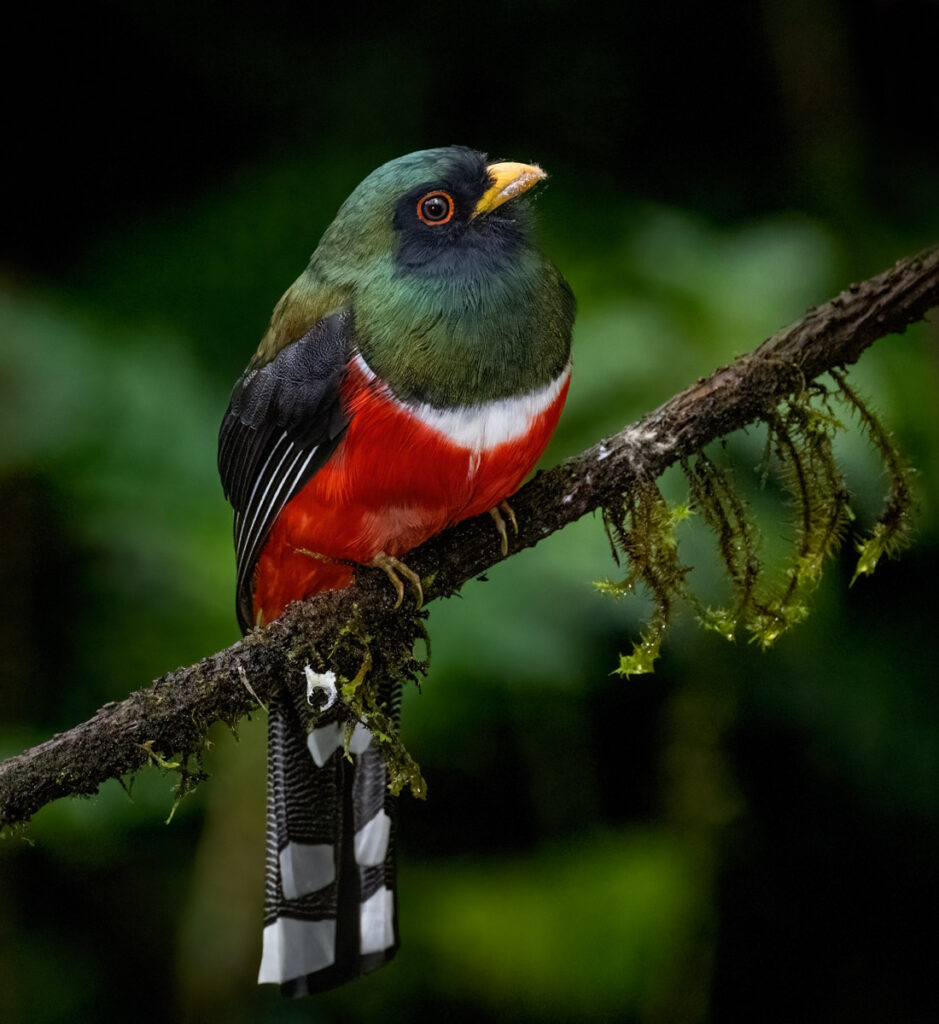
HETERODACTYLY: TROGONS
Trogons are stunning birds found in tropical forests, like this Masked trogon that Owen photographed in Ecuador. Trogon feet have the first and second inner front toes turned backward and the third and fourth toes turned forward. This unusual toe arrangement allows them to cling vertically to trees; as trogons are found in dense forest canopies, these agile feet allow them to navigate this complex arboreal habitat with ease as they search for their primary diet of fruits and insects. Trogons are the only animal in the world with this foot structure.
Understanding the diverse array of bird feet adaptations not only highlights the marvels of evolutionary biology but also offers a glimpse into the remarkable diversity of life on our planet. These various foot adaptations are the product of millions of years of evolution, shaped by specific demands of habitat and lifestyle. While we are often unable to glimpse a bird’s foot arrangement, in circumstances where you can see their feet, observe them as closely as possible, as developing this highly useful ID tool will help you become a better birder. Alongside other cues such as voice calls, behaviors and the overall look of the bird, you will soon have a wealth of information in your bird-ID repertoire.


